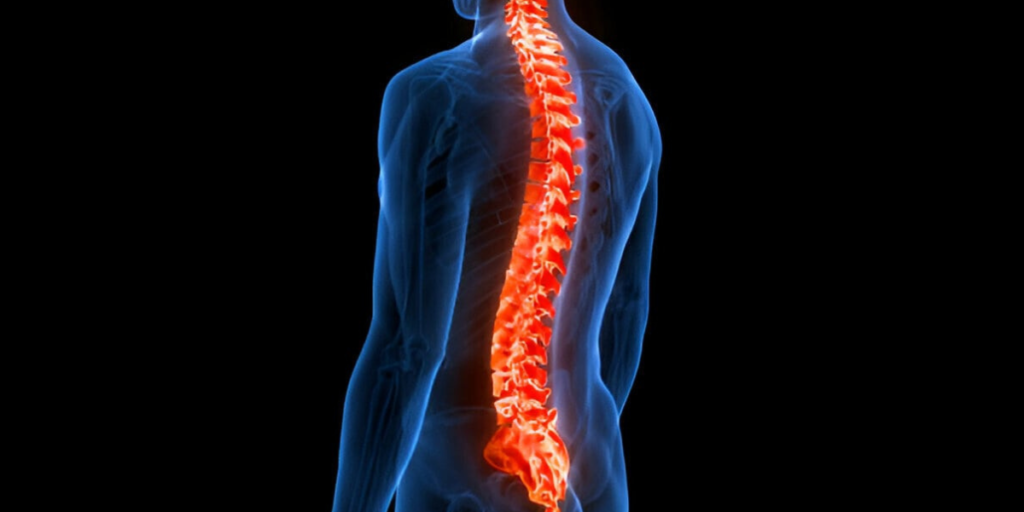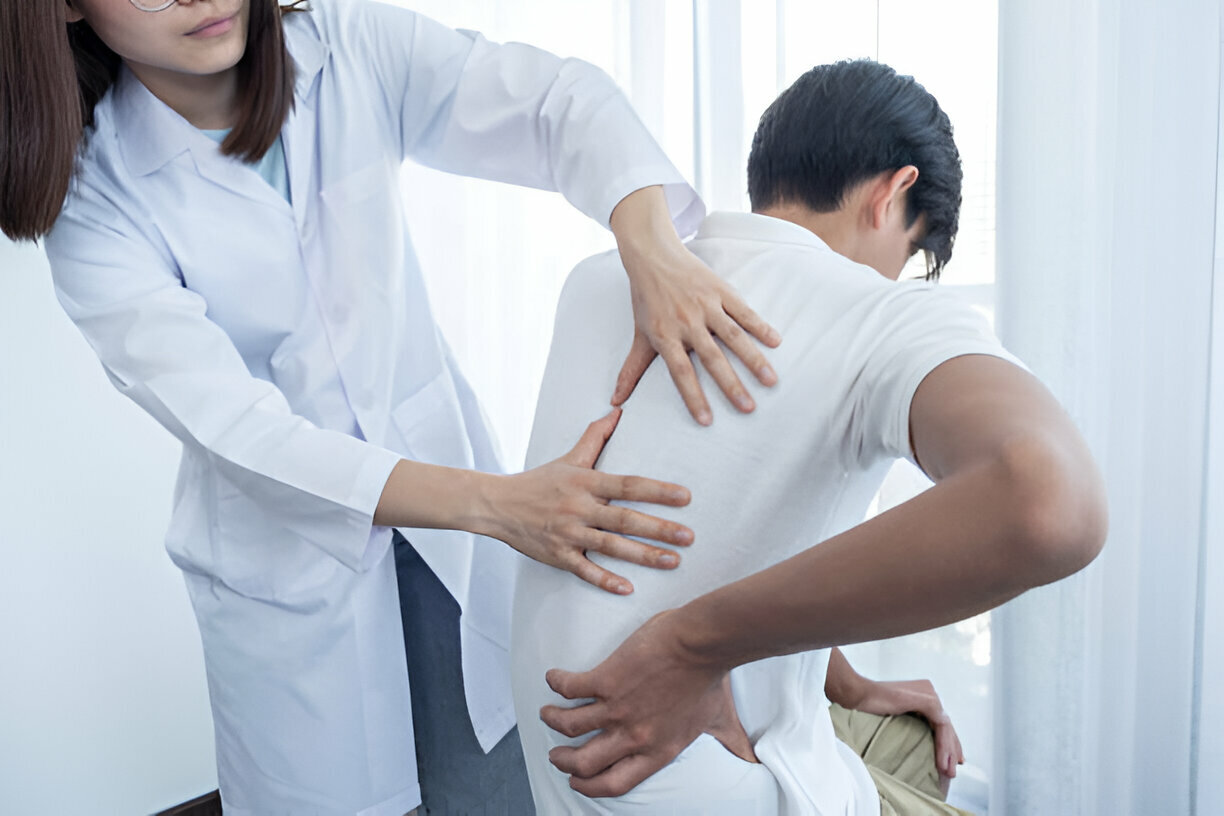Few things are as crucial to overall well-being as spinal health. The spine is not just a stack of bones; it serves as the main support for our body, protects the delicate spinal cord, and allows us to perform everyday activities easily. Unfortunately, many individuals don’t care much about their spinal health until they experience discomfort or pain.
Stay on this blog, and you will learn the importance of spinal health. We’ll provide valuable insights, tips, and practises on how to improve your spine health and keep your spine in top-notch condition.

The Importance of Spinal Health
Our spine, also known as the backbone, is a complex structure with 33 vertebrae inside it. It protects the spinal cord, an important part of the central nervous system.
It provides structural support and enables us to move, twist, and bend. The health of our spine plays an important role in impacting our overall well-being and our ability to work, play, and enjoy life.
As we age, the spine undergoes wear and tear, making it vulnerable to various conditions that can lead to discomfort and pain.
Understanding how to care for our spine is important to prevent and manage spinal problems effectively.
The Anatomy of the Spine
The anatomy of the spine consists of four major regions: the cervical spine (neck), thoracic spine (upper back), lumbar spine (lower back), and the sacrum-coccyx region (tail bone).
Each section has unique characteristics that facilitate different movements and functions of the spinal cord.
The cervical spine, comprised of seven vertebrae, supports the head and allows us to move our neck freely.
The thoracic spine is the middle section of the spine, located between the neck’s base and the ribs’ bottom. It’s the longest and most complex part of the spine, comprising 12 vertebrae numbered T-1 to T-12.
Common Spinal Problems and Their Causes
Read about the common spinal problems as well as their prevention and treatment below:
Herniated Discs: The Unwanted Bulge
A herniated disc, also known as a slipped or ruptured disc, occurs when the soft, jelly-like centre of a spinal disc pushes through a tear in the disc’s tougher exterior and into the spinal canal. This condition can pressure nearby nerves, leading to pain, numbness, or weakness in the arms or legs.
Causes:
- Age-related degeneration of the discs
- Heavy lifting or improper lifting techniques can put an excessive strain on the spine
- Trauma or injury to the spine
Prevention and Treatment:
- You can engage in regular low-impact exercises that will strengthen the core and back muscles.
- Doing proper lifting techniques, such as bending the knees and keeping the back straight.
- Seek medical attention if you are experiencing persistent pain or neurological symptoms. Synergy Spine and Health can help. Contact us for that!
Spinal Stenosis: Narrowing of the Spinal Canal
Spinal stenosis refers to the narrowing of the spinal canal, which houses the spinal cord and nerves. This narrowing can compress the nerves, leading to pain, tingling, or numbness in the legs and arms.
Causes:
- Degenerative changes in the spine due to ageing
- Arthritis, which can cause the growth of bone spurs that constrict the spinal canal
- Injuries or previous surgeries on the spine
Prevention and Treatment:
- Maintain a healthy weight to reduce pressure on the spine.
- Engage in exercises that promote flexibility and mobility.
- Seek advice from a healthcare professional for personalised treatment options.
Scoliosis: Curving of the Spine
Scoliosis is a spinal deformity that causes an abnormal curve in the spine, usually S- or C-shaped, that can occur on either side or both sides of the spine. The curve can be stable or increase over time.
Causes:
- Idiopathic scoliosis has no known cause and typically develops during the adolescent phase.
- Congenital scoliosis, caused by a malformation of the spine during fetal development
- Neuromuscular scoliosis happens because of conditions such as cerebral palsy or muscular dystrophy
Prevention and Treatment:
- Early detection through regular spinal screenings, especially in children
- Bracing or physical therapy to manage mild cases
- Surgery is required for serious cases to correct the curvature and stabilise the spine
Final Thoughts:
A healthy spine is the key to an active and vibrant life. By understanding the importance of spinal health and implementing preventive measures, you can reduce the risk of spinal problems and enjoy a pain-free back.
Remember, small changes in your lifestyle, exercise routine, and overall well-being can make a significant difference in maintaining a strong and healthy spine.
If you need a chiropractic adjustment, contact the best Greenacre chiropractic clinic at Synergy Spine and Health. They offer a range of services, including dry needling and care for neck pain. For comprehensive care, consider visiting their physiotherapist clinic.

![[Downloader.la]-667bb6a9d542a-min](https://www.synergyspineandhealth.com.au/wp-content/uploads/2024/06/Downloader.la-667bb6a9d542a-min.jpg)

